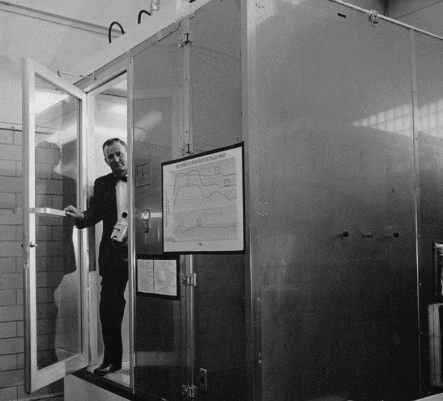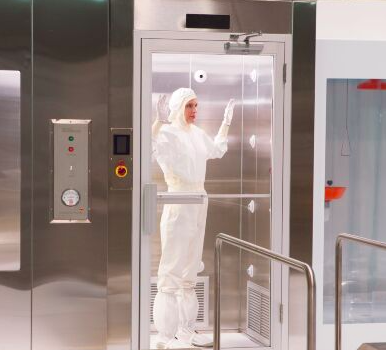Cleanroom gloves and hand hygiene are two critical components of maintaining a contamination-free environment in cleanrooms. Whether you are working in the pharmaceutical, biotech, or semiconductor industry, the use of cleanroom gloves is essential to prevent the introduction of particles and microorganisms into your products. Similarly, proper hand hygiene is vital to prevent the spread of bacteria and viruses that can lead to infections and other health issues. In this article, we will explore the importance of cleanroom gloves and hand hygiene and provide tips for selecting the right gloves and maintaining proper hand hygiene in a cleanroom environment.
Cleanroom gloves are designed to provide a barrier between the wearer’s hands and the surrounding environment, as you may have assumed. The most important part, however, is what these gloves are made of; walking into a clean room with your wool winter mittens does not quite fit the criteria. Clean room gloves are made from materials that minimize shedding of particles and microorganisms and are designed to fit snugly to prevent contamination from the wearer’s skin. There are various types of cleanroom gloves available, including latex, nitrile, vinyl, and neoprene gloves. Each type has its advantages and disadvantages, and the selection of gloves depends on the specific needs of the cleanroom.
Latex gloves are a popular choice for cleanrooms because of their high level of comfort and flexibility. They are also resistant to punctures and tears, making them ideal for tasks that require dexterity. However, they are not recommended for people with latex allergies.
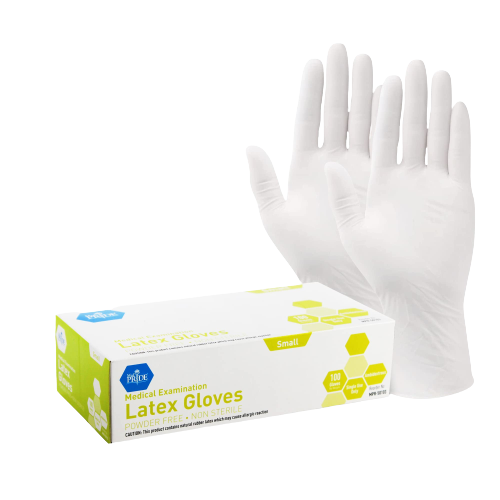
Nitrile gloves are a synthetic alternative to latex gloves and are preferred by people with latex allergies. They are also resistant to punctures and tears and offer excellent chemical resistance. However, they are less flexible than latex gloves, which can be a disadvantage for tasks that require a high degree of dexterity.
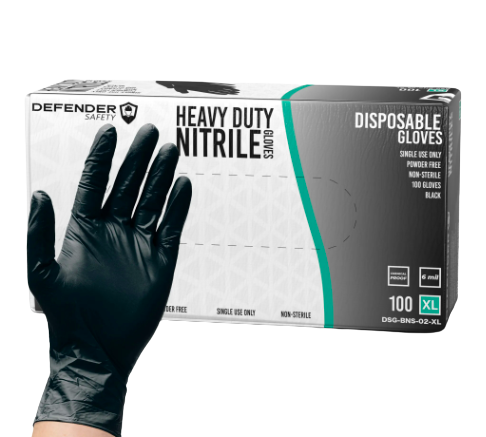
Vinyl gloves are the least expensive option and are suitable for low-risk tasks in cleanrooms. They are also resistant to chemicals and offer good tactile sensitivity. However, they are not as durable as latex or nitrile gloves and are not recommended for tasks that require a high degree of protection.
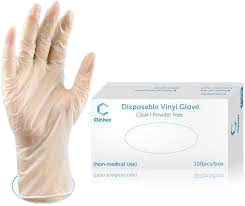
Neoprene gloves are designed for high-risk tasks in cleanrooms and offer excellent chemical resistance and protection against punctures and tears. They are also resistant to oils and greases, making them ideal for tasks in the automotive and aerospace industries. However, they are more expensive than other types of gloves and may not be necessary for all cleanroom tasks.
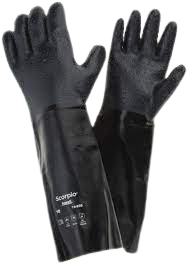
Regardless of the type of gloves used in a cleanroom, it is essential to ensure that they are changed frequently to minimize the risk of contamination. Gloves should be changed after every task or when they become damaged or contaminated. It is also important to inspect gloves before use to ensure that they are free of defects or damage that could compromise their effectiveness.
Hand hygiene, in addition to wearing cleanroom gloves, is also a crucial concept. Proper hand hygiene is essential to prevent the spread of bacteria and viruses in a cleanroom environment. Hands are one of the most common sources of contamination in cleanrooms, and proper hand hygiene can significantly reduce the risk of product contamination, and yes, you do need to sterilize your hands on top of wearing gloves.
Hand hygiene in a cleanroom environment typically involves washing hands with soap and water, followed by the use of a hand sanitizer. The World Health Organization recommends washing hands with soap and water for at least 20 seconds, followed by the use of a hand sanitizer with at least 60% alcohol. It is important to dry hands thoroughly after washing to prevent the growth of bacteria and other microorganisms.
In addition to hand washing, it is important to avoid touching surfaces or objects in the cleanroom unnecessarily. This can help minimize the transfer of bacteria and other microorganisms from one surface to another. It is also important to avoid touching your face or other parts of your body while in the cleanroom, as this can transfer bacteria and other microorganisms to these areas. Think of this process like Grey’s Anatomy, it might not be surgery but it is definitely very important.
Tips for Selecting the Right Gloves and Maintaining Hand Hygiene in a Cleanroom Environment:
- When selecting gloves for use in a cleanroom environment, it is important to consider the specific needs of the cleanroom and the tasks that will be performed. Factors such as the type of materials being handled, the level of dexterity required, and the potential for exposure to chemicals or other hazardous materials should be taken into account.
- In addition to selecting the right gloves, it is important that you do not skip the hand hygiene steps. As tedious as this may sound, washing and sanitizing before putting on gloves is a must!
- It is also important to ensure that gloves are changed frequently to minimize the risk of contamination. Gloves should be changed after every task or when they become damaged or contaminated. It is also important to inspect gloves before use to ensure that they are free of defects or damage that could compromise their effectiveness.
Overall, cleanroom gloves and hand hygiene are essential components of maintaining a contamination-free environment in cleanrooms. By selecting the right gloves for the task at hand and maintaining proper hand hygiene, you can help minimize the risk of contamination and ensure that your products meet the highest standards of quality and safety.


